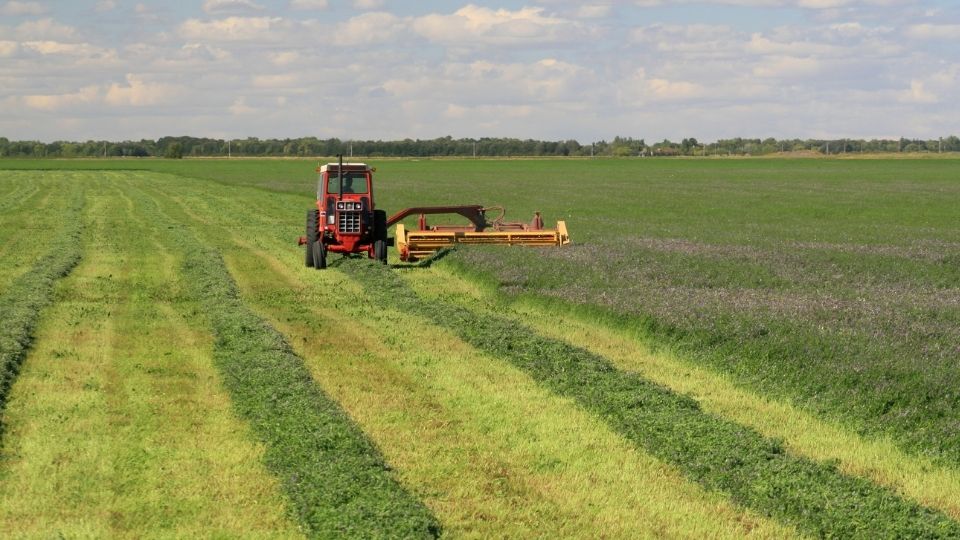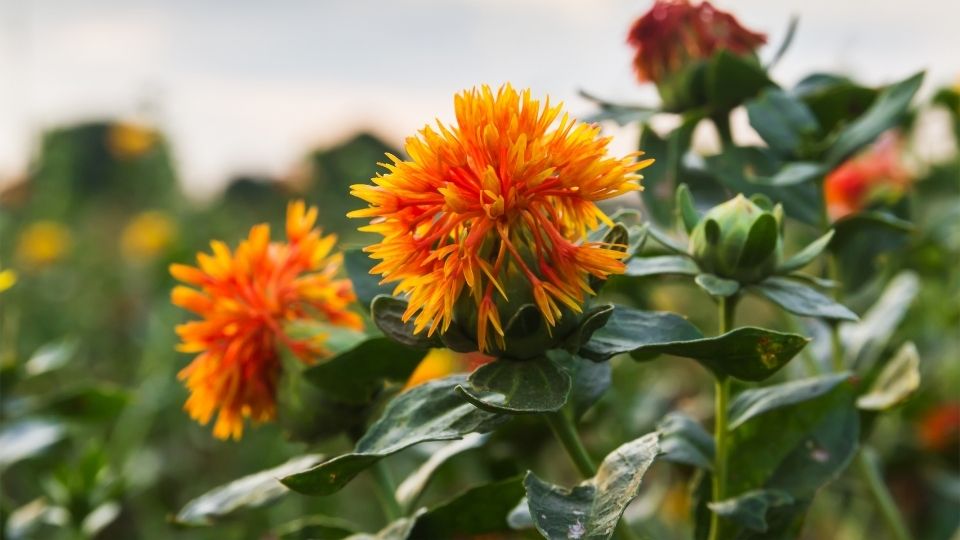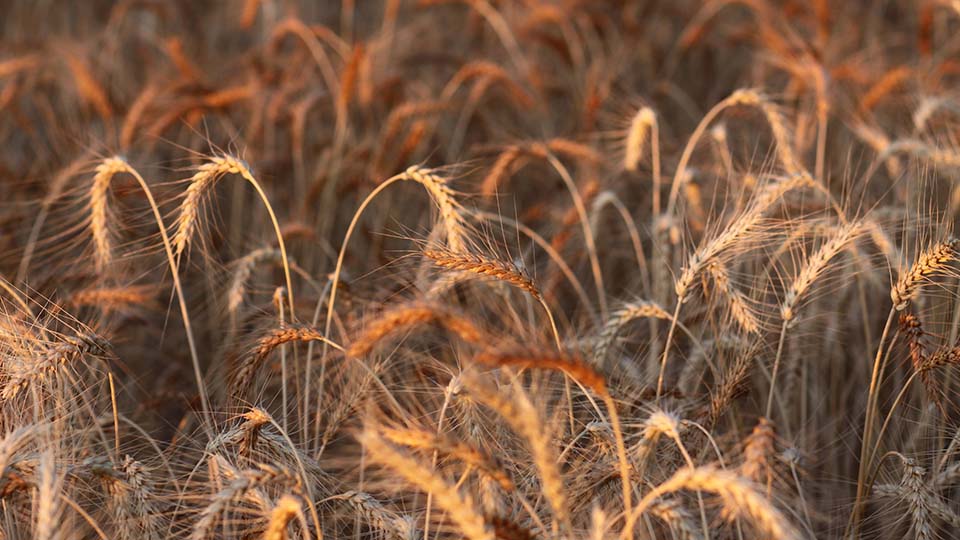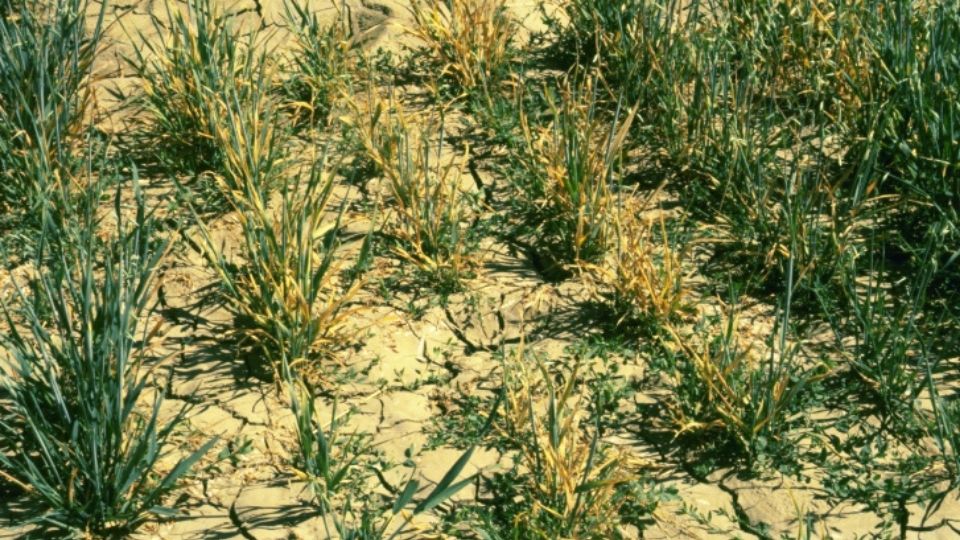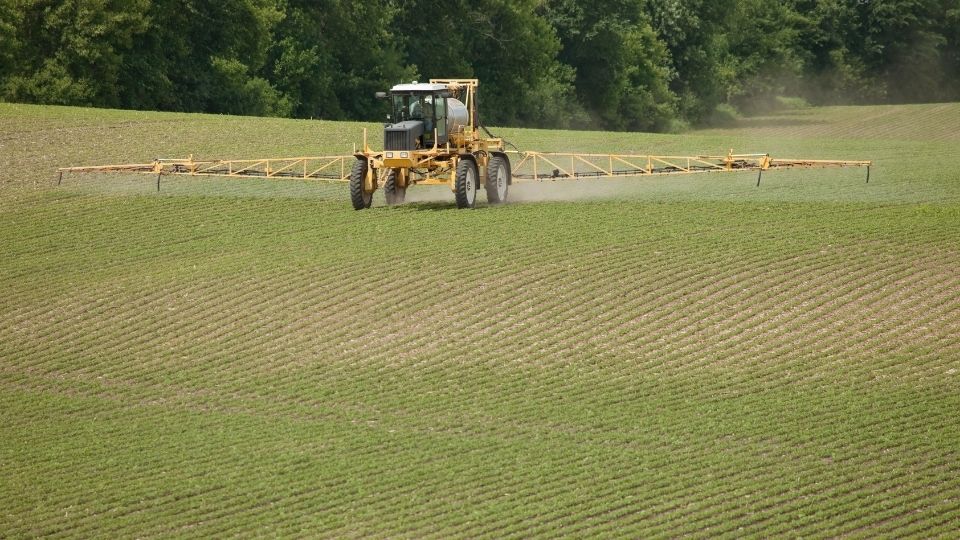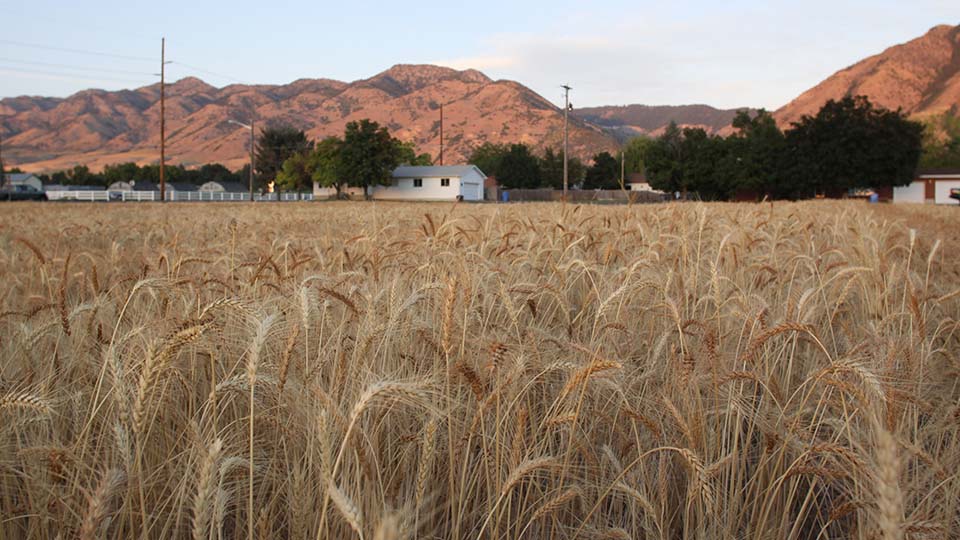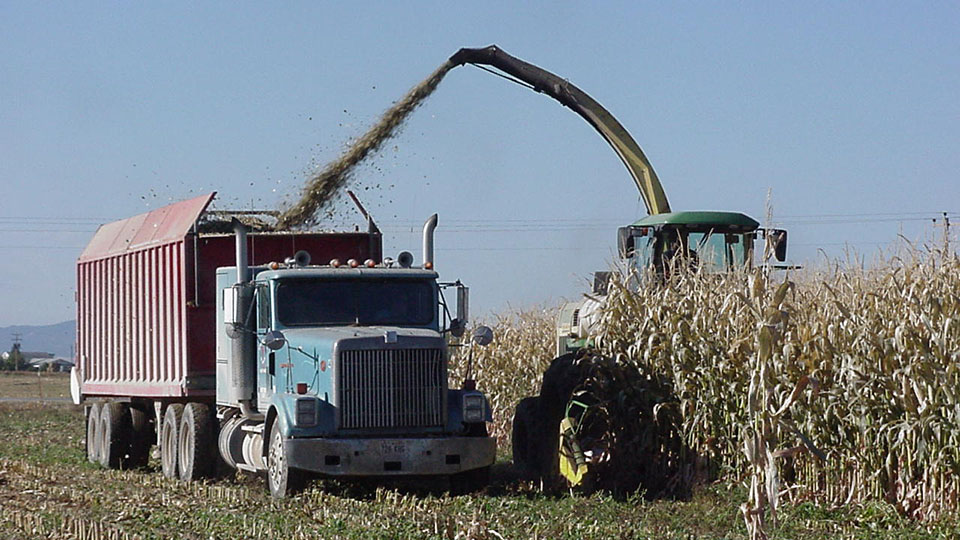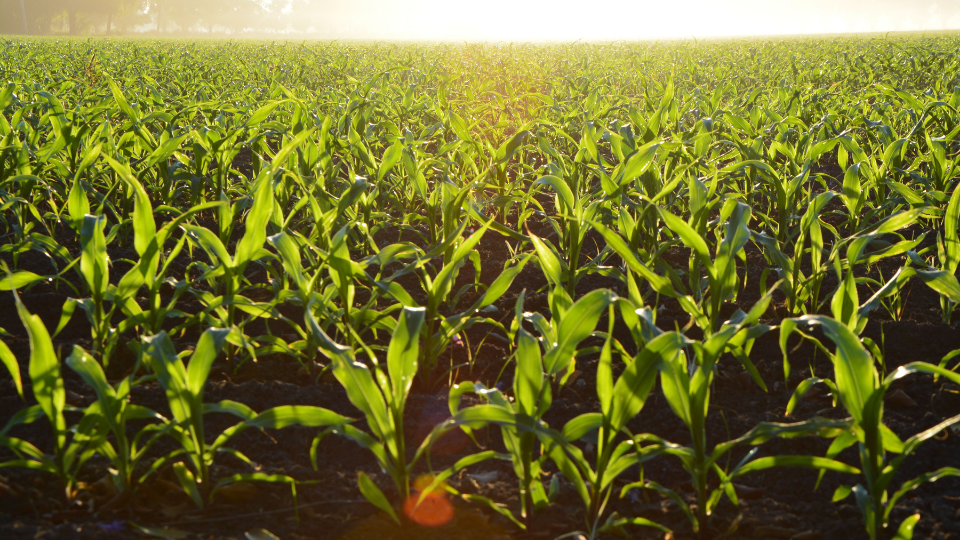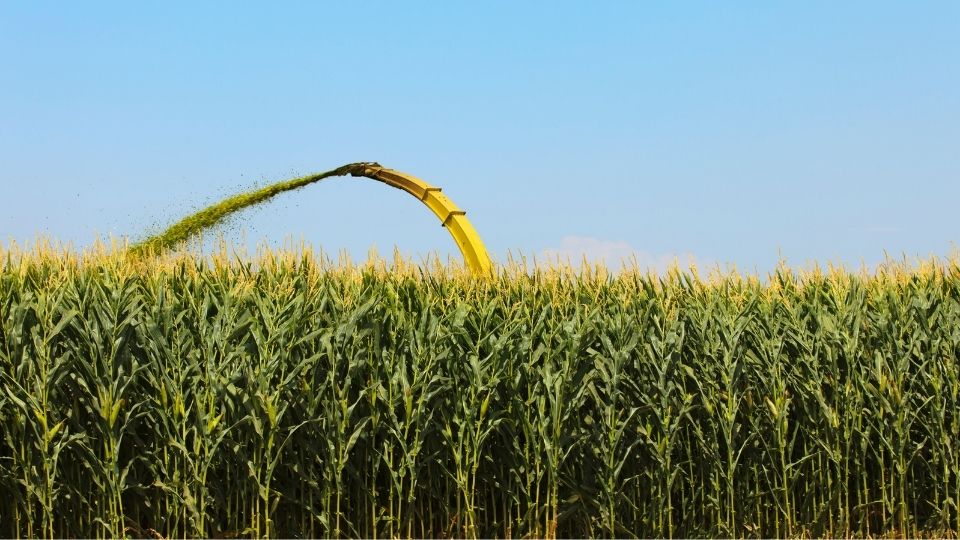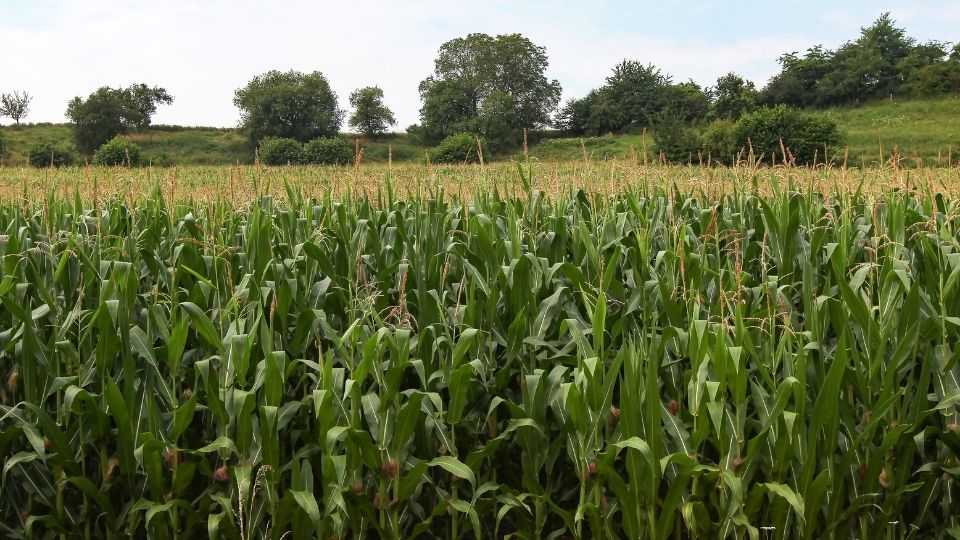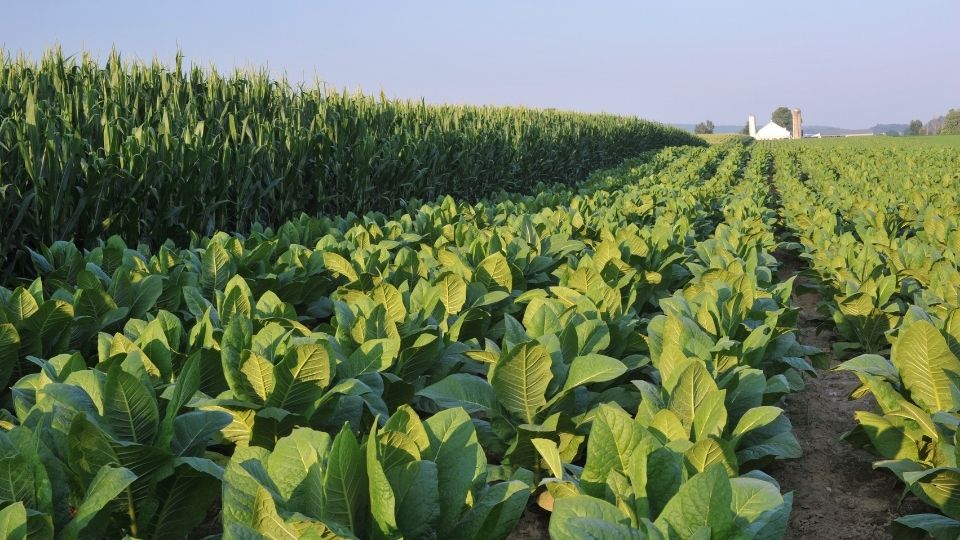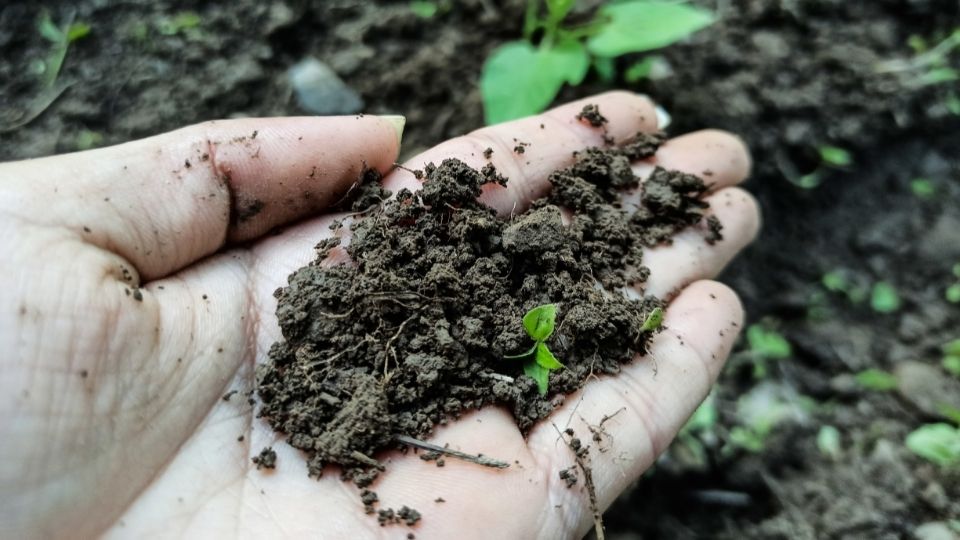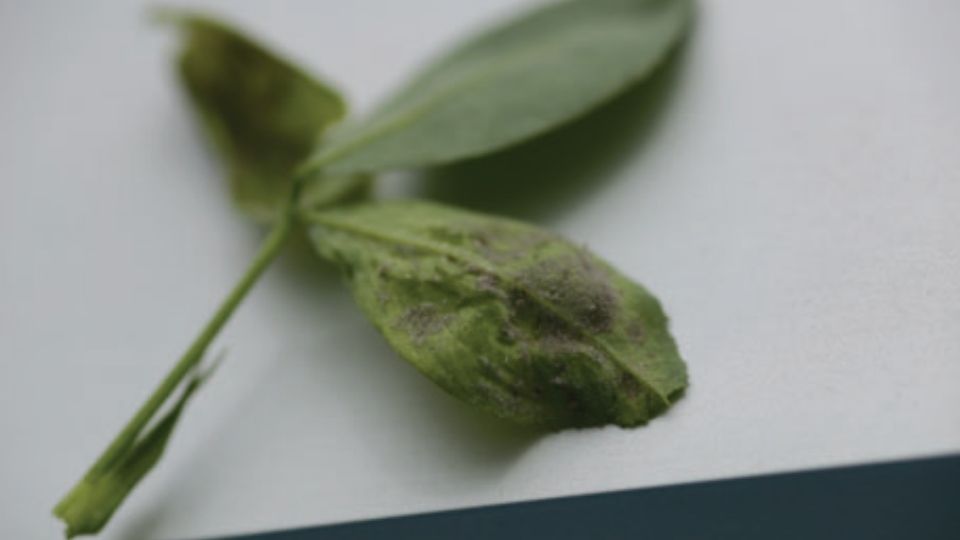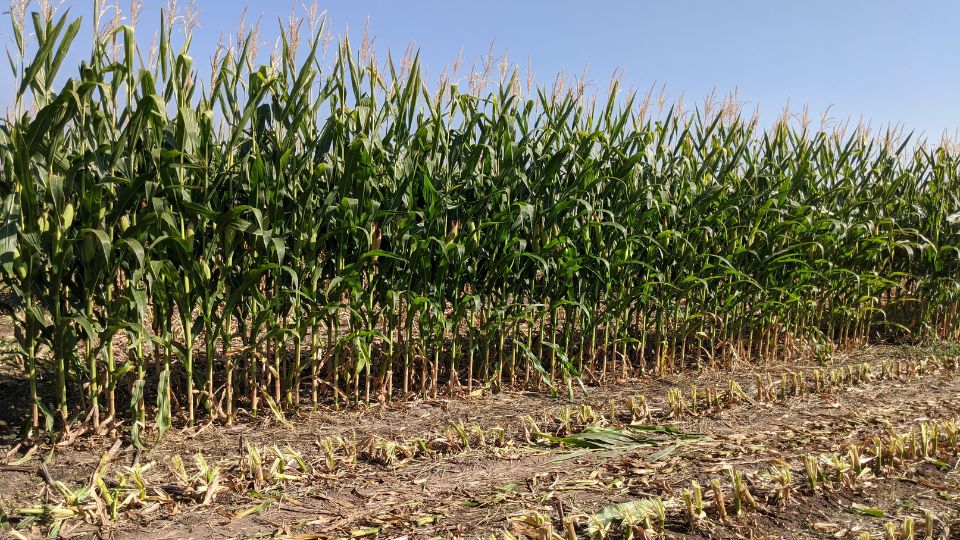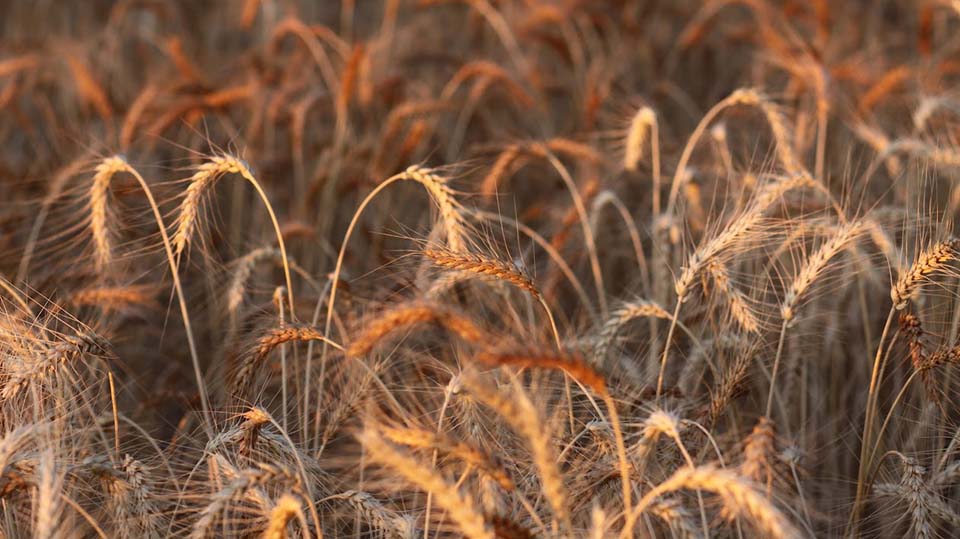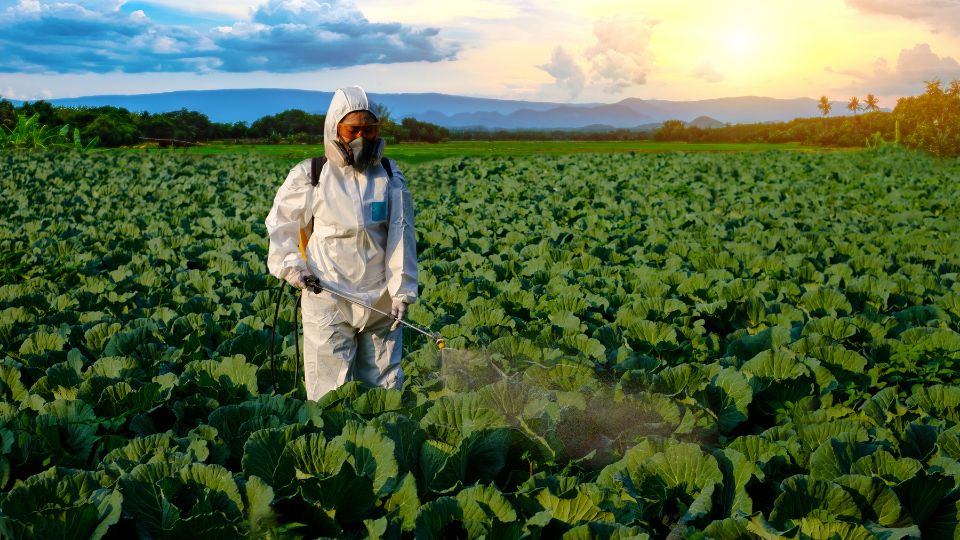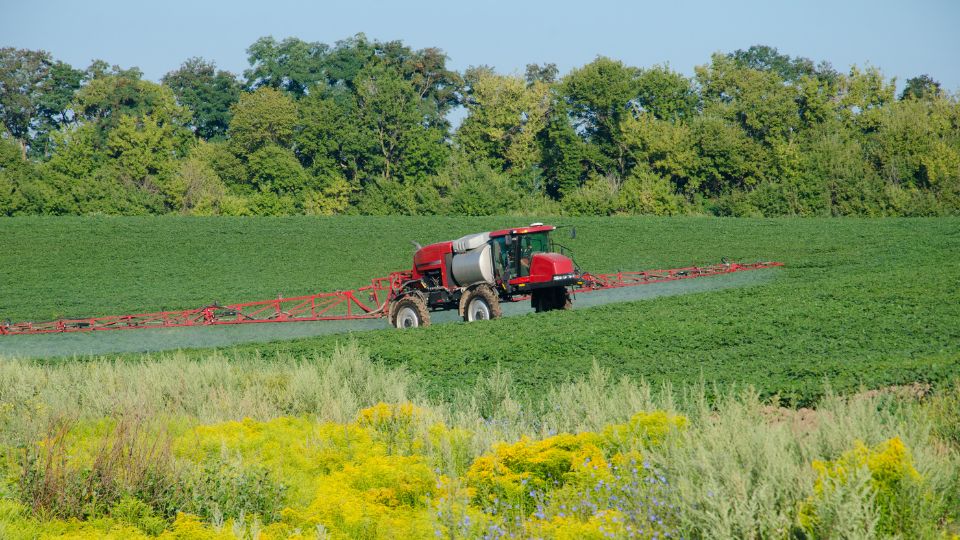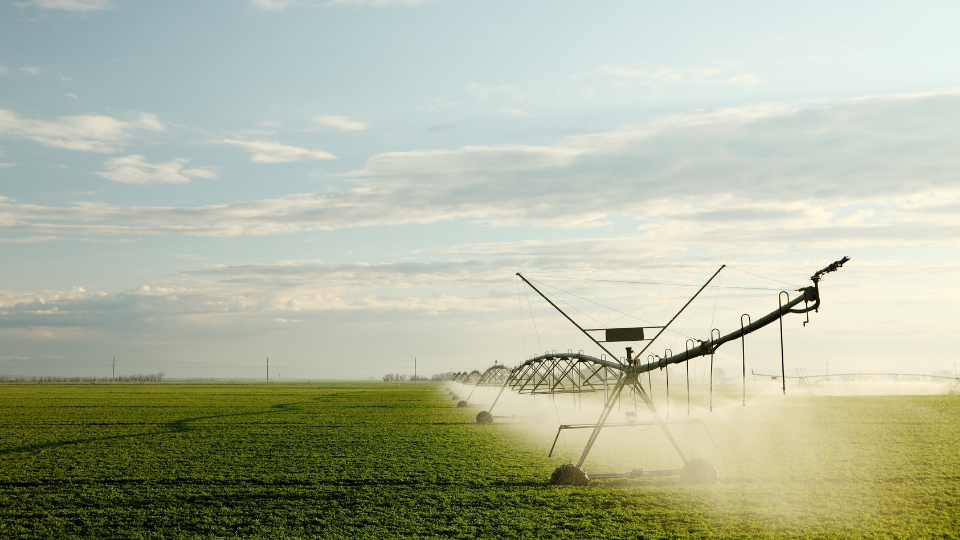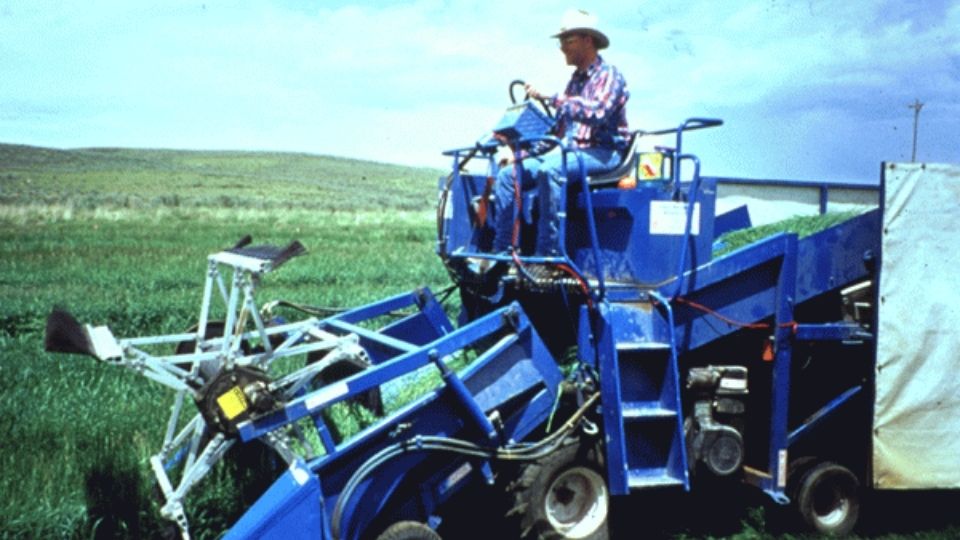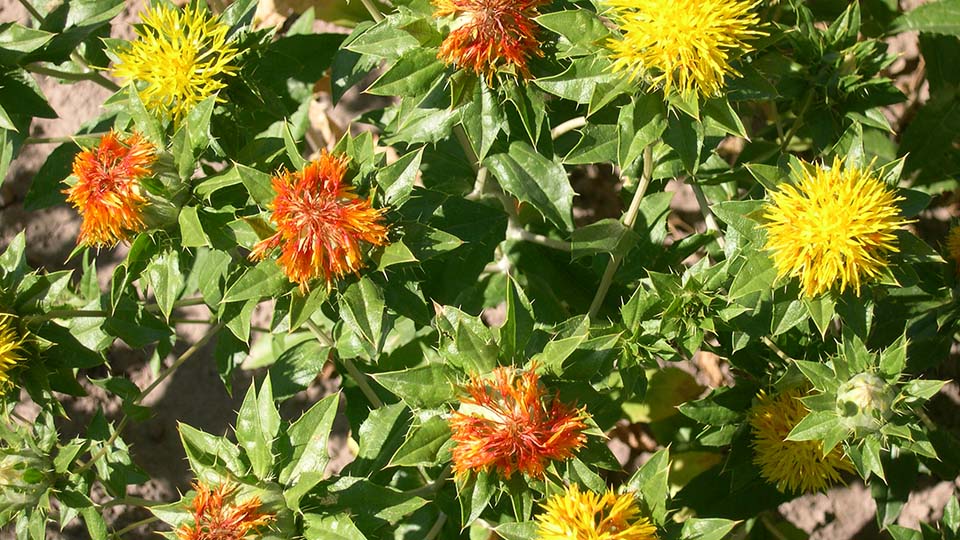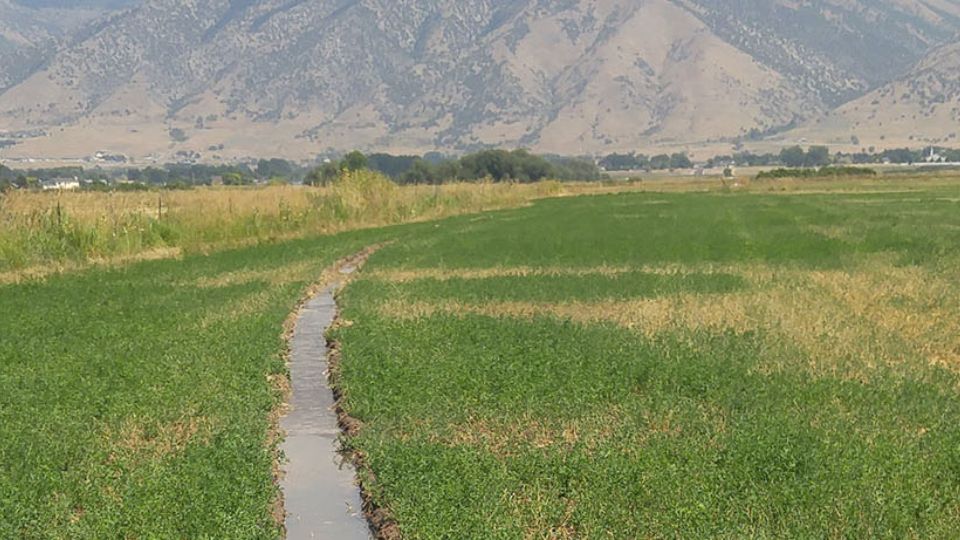Irrigation Advance Sensors are Having Large Impacts in Surface Irrigation
Introduction
There are many good things about surface irrigation, but the labor requirements and large water withdrawals can diminish its feasibility in situations with limited access to labor or water. There have been many improvements in surface irrigation systems, such as the development of the Surge Flow technique at Utah State University (Stringham & Keller, 1979) and continuous upgrades through gate and valve automation (Koech, Smith, & Gillies, 2010). One technology that is inexpensive, quick to implement, and can be used with any method of surface irrigating is advancement or end-of-row sensors. These simple units can reduce labor requirements and water withdrawals, and usually cost about $200 a year or less. In this fact sheet, we will describe two of these systems currently used in Utah and the experiences farmers are having with them. Other water advancement systems do exist but will not be discussed here.
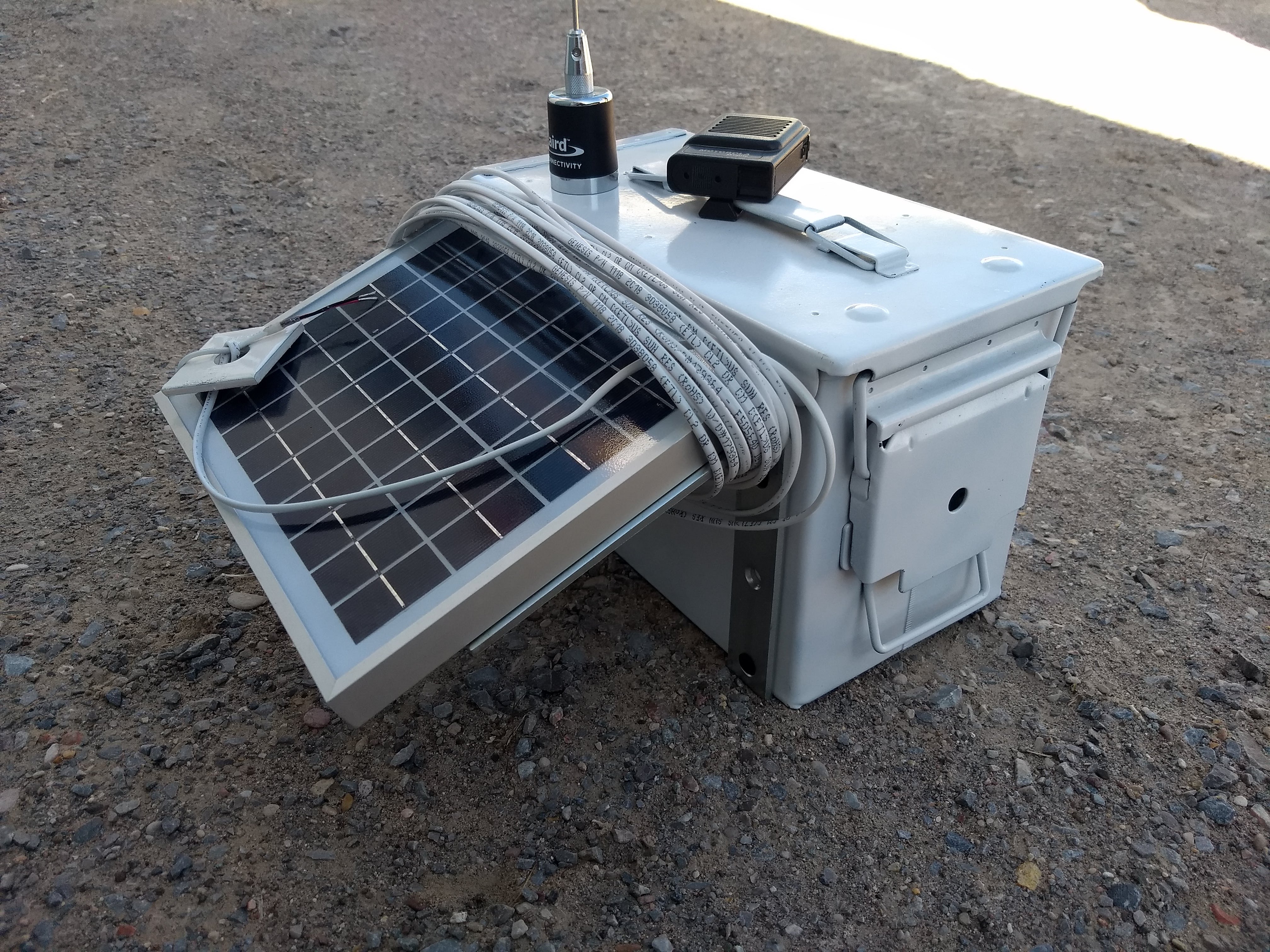
system with radio pager. Photo Credit: Kalen Taylor.
Commercial Business Radio
One of these sensors was developed by Commercial Business Radio (CBR) in Delta, Utah (http://www.cbrlc.com/). This system utilizes a sealed box that can be set on a dike or field edge, with a cable that is stretched out into the field (Figure 1). When water reaches the end of the cable, it completes the circuit, which activates a transmitter and a page is sent to the irrigator’s pager to indicate that water has reached the sensor and it is time to switch irrigation sets. The farmer can then retract the sensor by pulling in the cable attached to it (~25 feet but often customizable), dry it off, and move to the next irrigation set (no walking through the wet field). Once the sensor is dry, it is already reset and ready to go. Farmers have appreciated this system’s simplicity. It requires no programming or settings, and a shift change is as easy as handing off a pager to the next irrigator. The battery in the non-solar models will require periodic charging during the season. Without a radio repeater, these systems will work within about five miles, but for greater coverage a repeater is necessary. For remote areas without a repeater, a satellite option that communicates via text message or email is now available.

irrigation advanced sensor from
Prescott Farm Innovations. Photo
credit: Jonathan Holt.
Wet Stake
Prescott Farm Innovations (PFI) in Rigby, Idaho developed an irrigation advance sensor called “Wet Stake” (https://wetstake.com/). The sensor, transmitter, and solar panel are in a self-contained tube that stands vertically in the field with two “legs” (Figure 2). The system is powered on with the push of a button. When water is sensed at the base of the Wet Stake, it will notify the irrigator with a call or text that it is time to change the irrigation set. When starting a new set, a push of the power button resets the Wet Stake and it is ready to work. Changing users requires the new irrigator to text the ID number to the phone number printed on the unit. There are additional features available such as a humidity sensor to help gauge when it is time to bale, a GPS location, and a multi-user/supervisor option. The Wet Stake’s battery will maintain adequate charge if it receives ample sunlight, or it can be charged with a USB cable.
Cost
The per acre cost of these sensors will vary from farm to farm. The subscription prices shown (Table 1) for the CBR (basic and solar) will change depending on radio communication company service fees in different localities if a repeater is required. Wet Stake subscriptions cost the same nationwide and are all managed through their headquarters.
Table 1 - Cost Breakdown for Commercial Business Radio (CBR) and Prescott Farm Innovations (PFI) Wet Stake Irrigation Advance Sensors in 2021
| Company | Product | Purchase Price | Annual Subscription | Annual Cost Over 10 Years |
|---|---|---|---|---|
| CBR | Basic radio | $750 | $50 | $125 |
| Solar radio | $950 | $50 | $145 | |
| Satellite | $350 | $180 | $215 | |
| PFI | Wet Stake | $0 | $200 | $200 |
Evaluation
The two end-of-row sensors discussed above were evaluated by three cooperating growers in 2020 as a part of surface irrigation research and showed savings in labor, money, and water.
Reducing Labor
All three farmers in the study commented on how having a sensor saved them time checking water. This was especially the case on soils with higher clay content which can be more difficult to predict irrigation advancement, as well as when differing stream sizes make time predictions even harder. For one farmer, this meant saving half an hour per field at each irrigation. For another farmer, often irrigating with three streams or more, these time savings were even more significant. Though difficult to determine the exact value of reducing irrigation checks, a rough evaluation could be conducted as follows:
Time
5 minutes saved per set x 4 sets per day x 80 days of irrigating = 26.7 hours of labor
Savings
26.7 hours of labor x $15 per hour = $400
This example does not include the value of the fuel and sleep saved but shows how easily the cost of a sensor can be recuperated, even by saving a few minutes for each set.
Preventing Over-Irrigation
Knowing when irrigation is nearing the end of the field not only prevents unnecessary and frustrating trips to the field but also reduces irrigation sets that finish long before expected. This can help prevent yield reduction due to over-irrigating, leaching nitrogen fertilizer, and erosion of nutrient-rich topsoil. In situations where water is being pumped, purchased, or rented, these sensors can provide good financial returns by reducing those costs. For example, one farmer estimated that using three end-of-row sensors reduced over-irrigation by about one acre-foot per day on his 850-acre farm. The average water rental in his area was $85 per acre-foot. Thus, the three sensors reduced water expenses by about $7,000 in 2020.
Summary
End-of-row sensors can be an inexpensive, simple tool for improving surface irrigation in many scenarios. They can save time, fuel, money, water, and lost sleep. The number of sensors needed for each farm will vary, but the cost can often be between $0.50 –$1 per acre. Thus, end-of-row sensors should often provide an affordable way to improve water management in surface irrigation systems.
References
- Koech, R., Smith, R., & Gillies, M. (2010, November, 11–17). Automation and control in surface irrigation systems: Current status and expected future trends. Southern Region Engineering Conference 2010, SREC 2010 - Incorporating the 17th Annual International Conference on Mechatronics and Machine Vision in Practice, M2VIP 2010.
- Stringham, G. E., & Keller, J. (1979). Surge flow for automatic irrigation. 1979 Irrigation and Drainage Division Specialty Conference.
Acknowledgments
This work was supported by the Conservation Innovation Grants program at USDA’s Natural Resources Conservation Service under award number NR203A750008G007.
Published July 2021
Utah State University Extension
Peer-reviewed fact sheet
Authors
Jonathan Holt, Matt Yost, Niel Allen, and Kalen Taylor
Related Research






